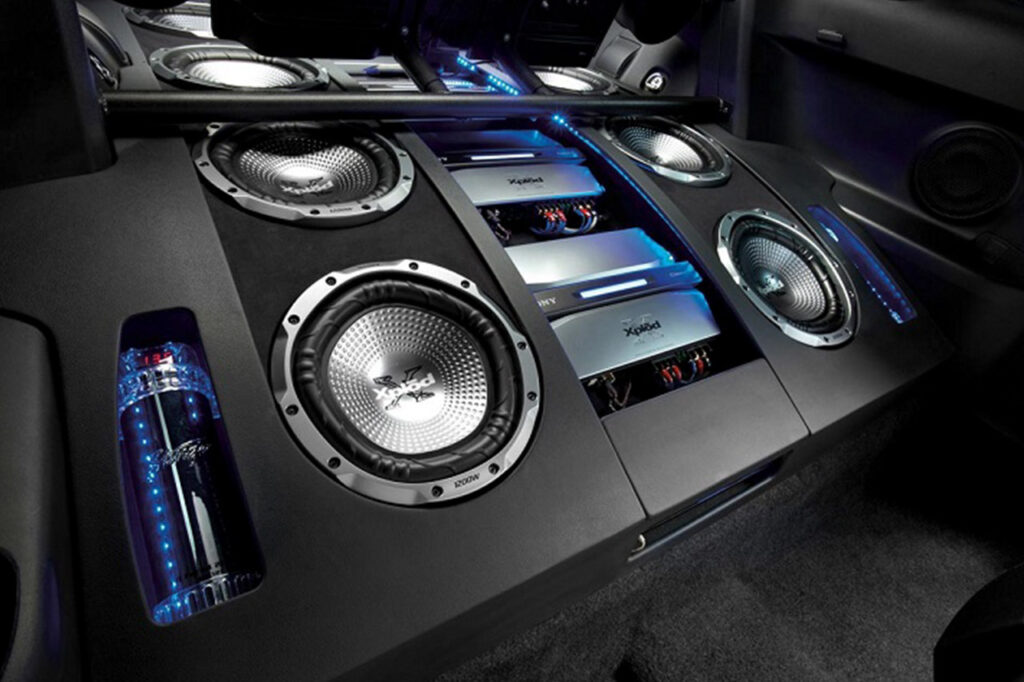
When picking out a stereo system for your car, there are various features and components to consider. It’s important to understand the difference between speakers, base systems, amplifiers, and digital processing in order to make sure you select the ideal setup for your vehicle. Understanding what each of these components does can help you make an informed decision about which type of system to buy. In this blog post we will discuss the basics of what you should know before buying a new stereo system for your car.
- Speakers
Speakers are the most obvious component of a car’s sound system. They are responsible for producing sound waves that can be heard by people inside the vehicle. The quality of speakers will determine how loud and clear the sound is in your car as well as how far it can be heard from outside the vehicle. When shopping around for speakers, there are several factors to consider such as size, power handling capabilities, frequency response range, sensitivity rating, impedance rating, and design materials. Knowing how all these pieces fit together can help you choose the best set of speakers for your needs.
- Bass Systems
In addition to good-quality speakers, bass systems are also necessary in order to get optimal sound quality in your car. Bass systems provide deep bass frequencies which add depth and richness to any song or movie soundtrack played through them. There are two main types of bass systems: subwoofers and subwoofer enclosures. Subwoofers are typically sold separately from amplifiers and must be properly matched with amplifiers in order to produce optimal sound quality while subwoofer enclosures come pre-packaged with both subs and amplifiers already included so they’re ready-to-go right out of the box.
- Amplifiers
Amplifiers are another essential component of any high-quality car audio system as they boost incoming signals from CD players or other sources in order to create louder sounds without losing any clarity or fidelity in the process. When selecting an amplifier it’s important to pay attention not only to wattage but also channel configurations (mono vs stereo) as well as signal-to-noise ratio specifications, crossover settings, input sensitivity ratings, output power ratings and more in order to ensure that all components work together harmoniously and provide optimal sound quality overall.
- Digital Processing
Digital signal processing (DSP) is a technology which enables complex audio manipulation processes like equalization, compression/limiting and dynamic range expansion/contraction among other things allow us to fine tune our audio experience within our cars significantly better than with analog signal processors used in traditional HiFi setups since digital processors offer much higher accuracy when dealing with very small changes due their ability to run algorithms at much higher speeds than conventional approaches do.. In terms of automotive audio systems DSP technology enables us tailor our listening experience through various parameters like time alignment settings for different speaker locations within our vehicle cabin space so that we can achieve better imaging ,delay & other parameters that enable us better control over our audio transmission within our vehicles .
When purchasing a new stereo system for your car there are various components that need careful consideration including speakers, bass systems amplifiers and digital processing technologies such as DSPs which enable advanced audio manipulation processes within cars with greater precision than ever before achievable before through conventional analog means alone. Taking into account all these different elements when selecting your new setup can ensure that you end up with a great sounding car stereo system that provides superior sound quality no matter where you go!
Like us on Facebook!

